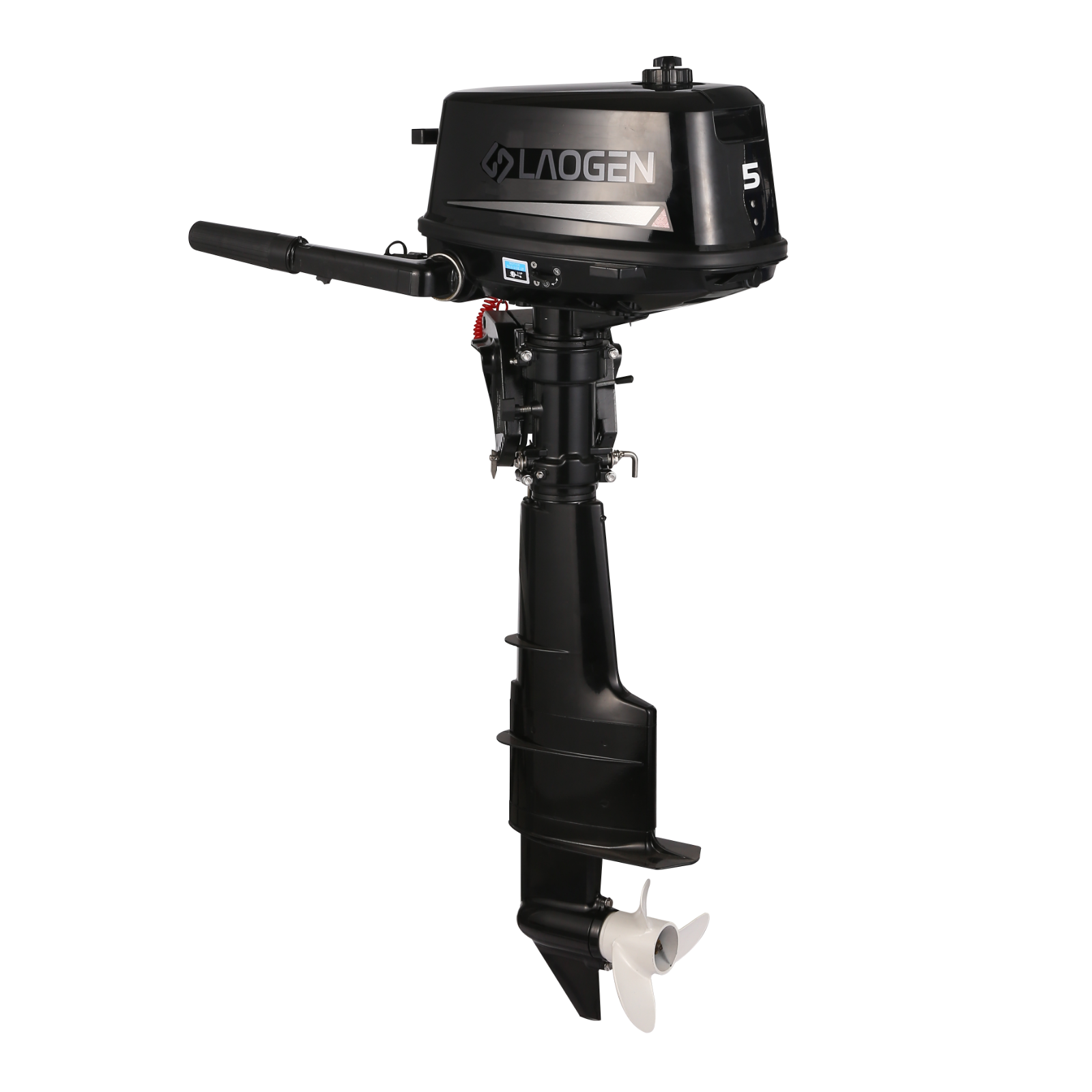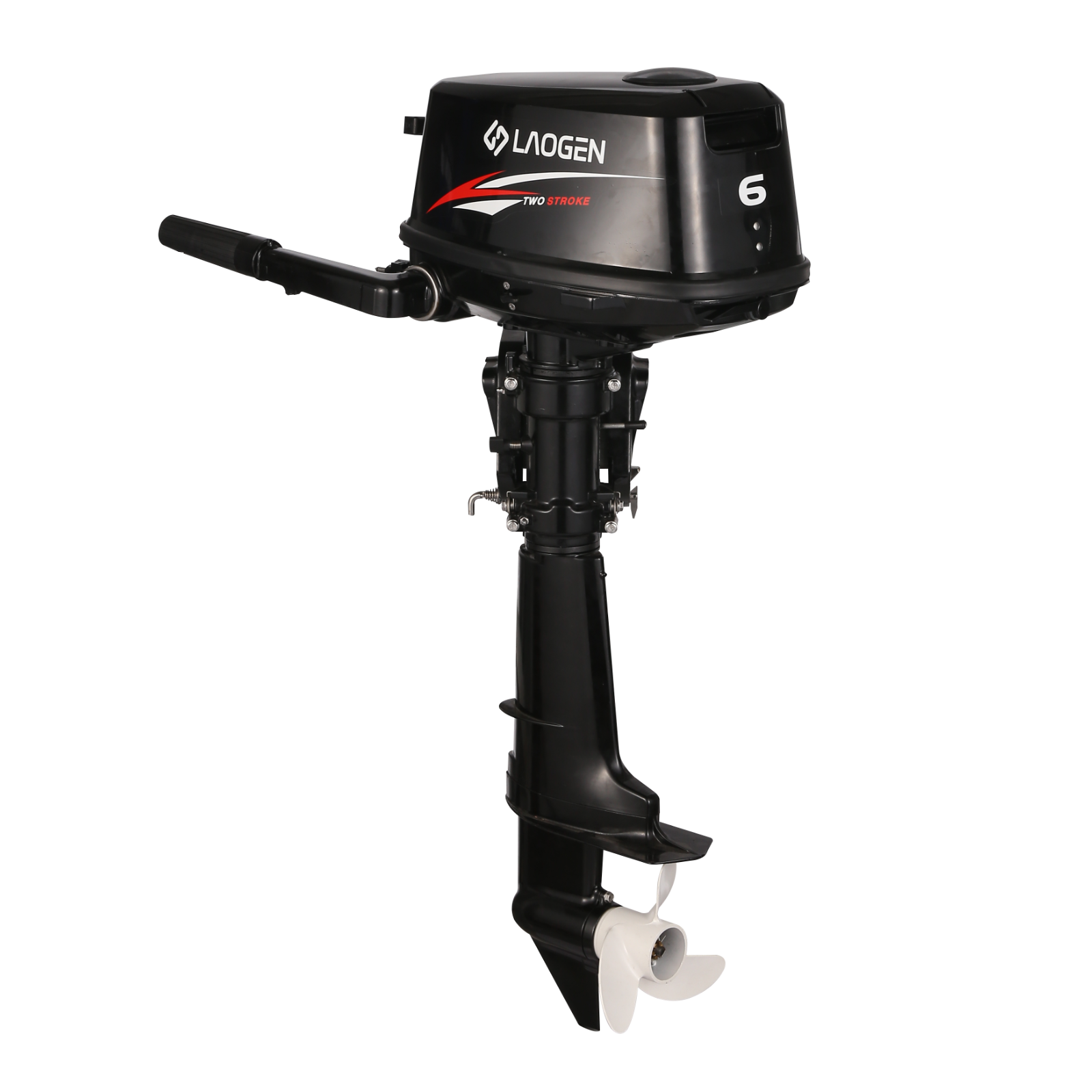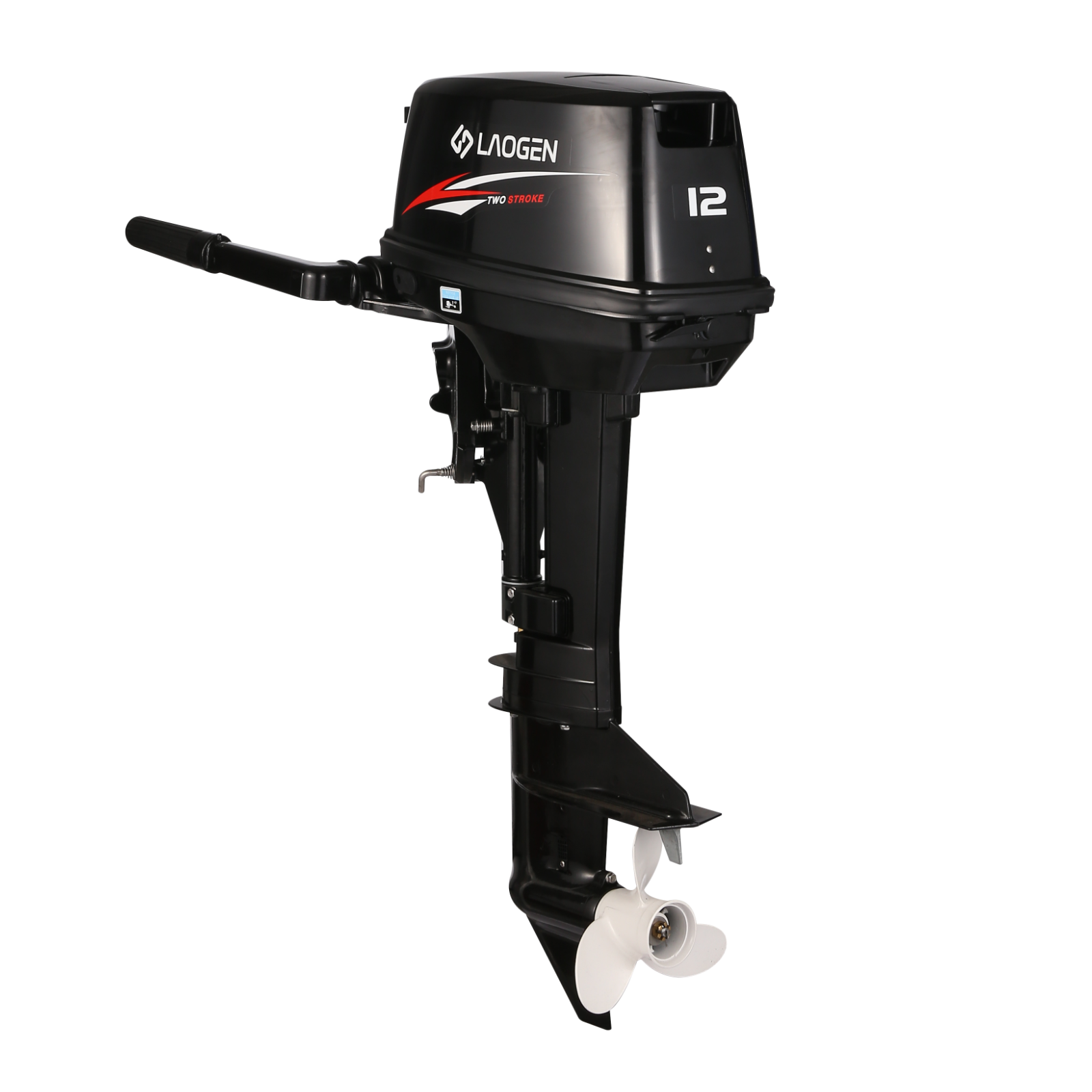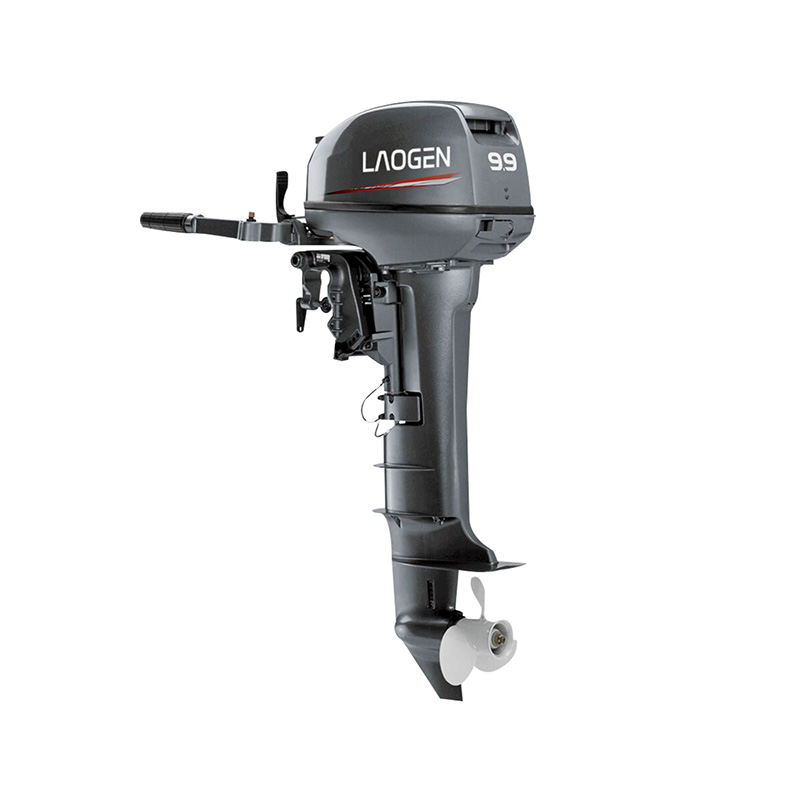2 Stroke Outboard Motor Fuel and Oil Mixing Guide for Reliable Operation
The unique character of a 2 Stroke Outboard Motor is defined by its need for fuel that contains its own lubricating oil. This single aspect is fundamental to its operation and longevity. Performing this mixing task correctly is not difficult, but it demands attention to detail. An incorrect ratio can advanced inadequate lubrication or excessive carbon buildup, both of which can negatively impact engine performance and service life.
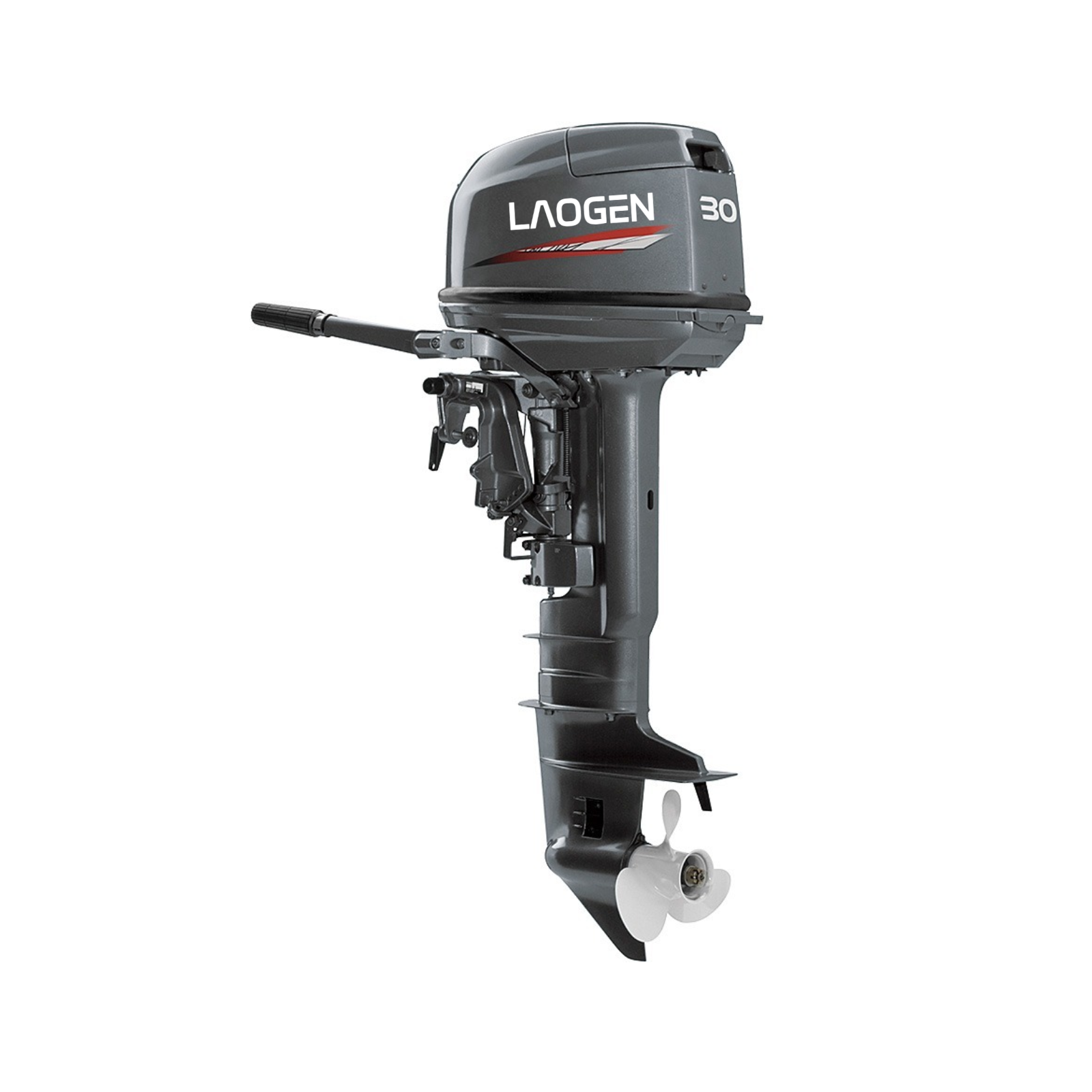
Understanding the Purpose of Mixed Fuel
In a 2 Stroke Outboard Motor, the crankshaft, connecting rod, and cylinder walls are lubricated by oil that is suspended in the incoming fuel-air mixture. As the fuel travels through the crankcase and into the cylinder, the oil mist coats the moving parts. After doing its job, lots of this oil is burned along with the fuel during combustion. This integrated system is what allows the 2-stroke engine to operate without a separate oil sump and pump, contributing to its lighter weight and mechanical simplicity.
A Step-by-Step Mixing Procedure
Following a consistent process helps eliminate errors and ensures a thorough mixture.
Step 1: Determine the Correct Ratio: one and lots of the critical steps is to find the specified fuel-to-oil ratio for your specific engine model. This information is always located in the owner's manual and is sometimes also stamped on the motor's mounting bracket or a decal on the engine cowling. Common ratios include 50:1 and 40:1, but it is essential to use the ratio specified by the engine manufacturer.
Step 2: Select Appropriate Components: Using the right oil and fuel is non-negotiable. You must use a high-quality oil that is certified for marine use, typically identified by the "TC-W3" specification. This oil is formulated to handle the operating conditions and temperatures of a water-cooled marine engine. For fuel, use fresh, unleaded gasoline with the recommended octane rating. Avoid using fuel that has been stored for more than a few months.
Step 3: Use a Dedicated Mixing Container: The lots of accurate and safe ways to mix fuel, is in a separate, clean container designed for this purpose, often called a "mix can" or "fuel caddy." These containers have clear measurement markings. It is strongly advised against mixing the oil directly in the boat's built-in fuel tank, as it becomes nearly impossible to achieve a consistent blend.
Step 4: The Mixing Order and Technique: A good practice is to add a portion of the gasoline to the mixing container first. Then, pour in the entire measured amount of 2-stroke oil. Finally, add the remaining gasoline. This sequence, often called "the pre-mix shuffle," uses the flow of the gasoline to help agitate and pre-mix the oil, resulting in a more homogeneous final product. Once the cap is secured, shake the container vigorously for a minute to ensure the oil is fully suspended in the gasoline.
Avoiding Common Missteps
Even with a straightforward process, some misconceptions can advance to problems.
The "More Oil is Better" Myth: Adding extra oil to the mixture does not provide additional lubrication benefits. In fact, it creates a richer fuel-air mixture, which can advance to increased carbon deposits on the spark plugs and piston crown, harder starting, and a smoky exhaust. Over time, it can contribute to spark plug fouling.
The "Less Oil Saves Money" Risk: Using less oil than specified is a hazardous practice. It starves the engine's internal components of necessary lubrication, which can result in increased friction, overheating, and catastrophic engine failure, such as a seized piston.
Reliance on Pre-Measured Bottles: While convenient, pre-measured bottles of oil that claim to mix with a certain volume of fuel can sometimes be slightly off if your fuel container is not filled to an exact capacity. For the many precision, using a dedicated measuring cup and calculating the ratio for your specific container volume is a reliable method.
Proper fuel preparation is a simple yet vital ritual for any owner of a 2 Stroke Outboard Motor. By adhering to the correct ratio and a careful mixing routine, you provide the foundation for smooth operation and help ensure your engine remains a dependable source of power for your time on the water.


 English
English русский
русский


